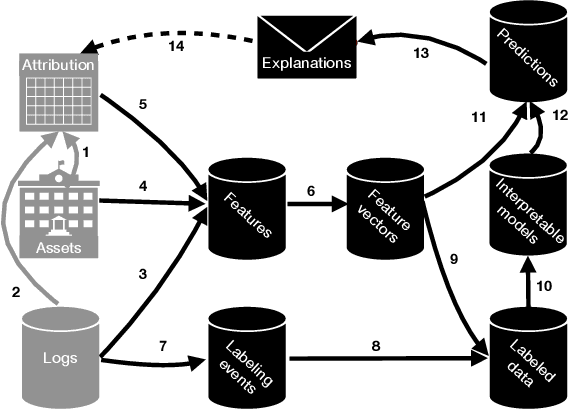Ownership at Large -- Open Problems and Challenges in Ownership Management
Paper and Code
Apr 15, 2020
Software-intensive organizations rely on large numbers of software assets of different types, e.g., source-code files, tables in the data warehouse, and software configurations. Who is the most suitable owner of a given asset changes over time, e.g., due to reorganization and individual function changes. New forms of automation can help suggest more suitable owners for any given asset at a given point in time. By such efforts on ownership health, accountability of ownership is increased. The problem of finding the most suitable owners for an asset is essentially a program comprehension problem: how do we automatically determine who would be best placed to understand, maintain, evolve (and thereby assume ownership of) a given asset. This paper introduces the Facebook Ownesty system, which uses a combination of ultra large scale data mining and machine learning and has been deployed at Facebook as part of the company's ownership management approach. Ownesty processes many millions of software assets (e.g., source-code files) and it takes into account workflow and organizational aspects. The paper sets out open problems and challenges on ownership for the research community with advances expected from the fields of software engineering, programming languages, and machine learning.
 Add to Chrome
Add to Chrome Add to Firefox
Add to Firefox Add to Edge
Add to Edge